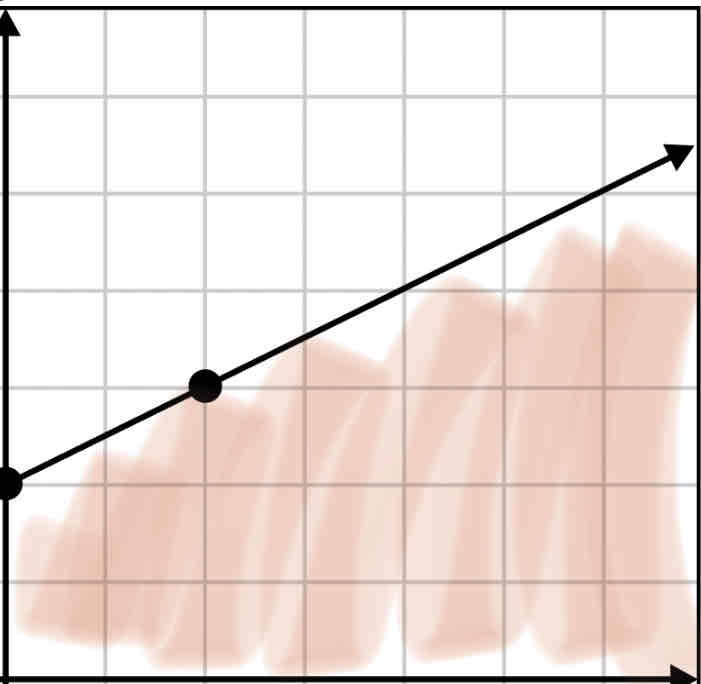Physics - Work and Energy unit
1/21
Earn XP
Description and Tags
For the 4th unit of the year - questions about how to solve and vocab etc.
Name | Mastery | Learn | Test | Matching | Spaced |
|---|
No study sessions yet.
22 Terms
What does integral mean?
Integral refers to something that is necessary to make a whole complete; it can also refer to the fundamental concept in calculus involving the accumulation of quantities, expressed mathematically as an integral.
What is the equation for work
W = F * S
What is the equation for work (at an angle)
W=F*Scos(theta)
What is the dot product?
The mathematical function that allows parts of a vector to be multiplied (only if they are along the same line) that is why you are using COS with an angle and not the dot product. NOTE: positive and negative values do not relate to direction.
What is F in the work equation:
F is force (a vector)
What is S in the work equation
S is the displacement vector
What is a vector:
A quantity that has both direction and magnitude
What is the angle (theta) for in work problems: Think: where is the angle on the body
The theta represents the angle between the force vector and the displacement vector.
What is the equation for work- energy theorem
Went=(change- triangle) energy
What changes work by a variable forces:
The force being applied is changing through the motion of- find the total work done by adding together work from all elements.
When do you use a graph to determine work done?
When the force is changing through steps or continuously
What graph do you use for a continuously increasing force? - what part of the graph will tell you the integral (work)
Look under the curve , and find the area to get the work used (make sure you pick your area accordingly)

What is kinetic energy?
Kinetic energy is the energy that an object possesses due to its motion, calculated as KE = 1/2 mv², where m is mass and v is velocity.
What is potential energy?
Potential energy is the energy stored in an object due to its position or configuration, often calculated as PE = mgh, where m is mass, g is acceleration due to gravity, and h is height.
What is gravitational potential energy?
Gravitational potential energy is the energy an object possesses due to its position in a gravitational field, often calculated as GPE = mgh, where m is mass, g is acceleration due to gravity, and h is height above a reference point.
Gravitational potential energy is always directed_____
Downward
What is a conservative force?
A conservative force is a force that does work on an object, and the work it does is independent of the path taken. The work done by conservative forces can be fully recovered when the object returns to its original position, resulting in no net work being done.
What is the equation for gravitational potential energy?
The equation for gravitational potential energy is GPE = mgh, where m is mass, g is the acceleration due to gravity, and h is height above a reference point.
Spring potential energy: related to
Related to the displacement of the spring - away from relaxed position
Work done on spring when moving from can be represented by: equation
W=-1/2 kx²
When using a graph, the area under the curve represents the work - how do you calculate that
The area of a triangle: W=1/2 (b)(h) Base is = to distance, and height is = to force (these will be the axis of said graph)
More on spring potential energy: